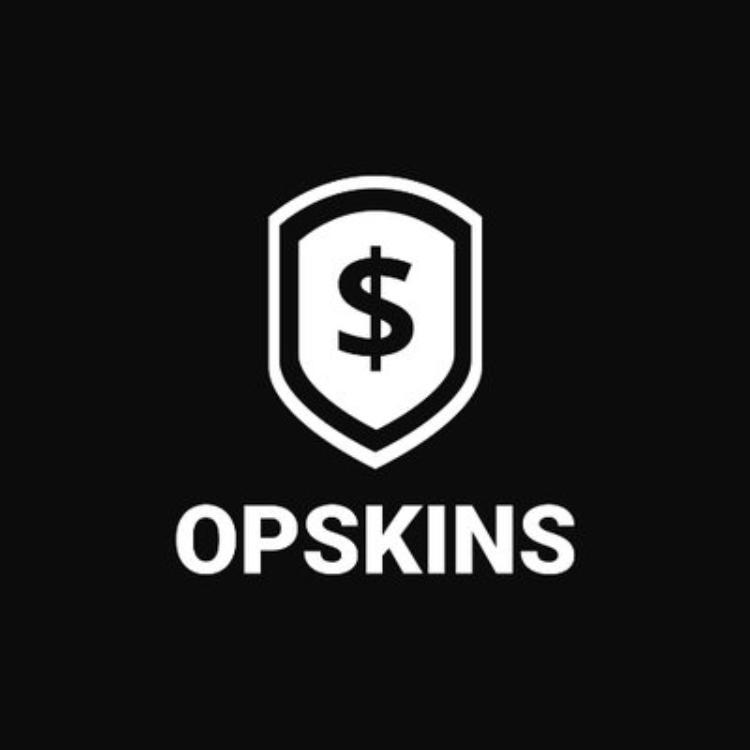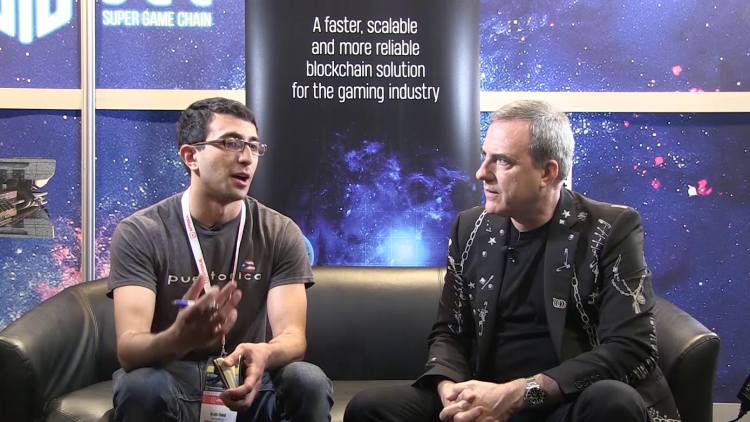William Quigley: Democratising Gaming with Blockchain
There are some 2.3 billion video gamers in the world today who play video games for hours at a time every week. They can be very involved with multiplayer games. They tend to have their own avatar which can be personalised to different degrees (and at some cost) and often have not met in person. That is not to say they don’t interact outside of the game, often attending and participating in online town halls to address issues and ideas outside the actual game itself.
William Quigley
William Quigley, CEO of OPSkins and WAX, sees blockchain as the amazing technology that is transforming his industry – but not necessarily in the way he originally expected it to.

“I’m from an entertainment background, worked in Disney, so I empathise with gamers. I see they want to interact but with each new technology there is push back. Originally PC gamers said Flash was ridiculous, then Flash enthusiasts nay-sayed mobile before mobile, in turn, pushed back against blockchain.
“However, I have to say that blockchain is the first new technology that has shaken up this market – and with speed. Most other new technologies can take years. Blockchain did it in eight months,” he says.
Quigley likes blockchain for its potential to change the rather fickle approach of Video Gaming Companies to their clients. If gamers buy a digital asset, the Video Gaming Industry still tend to view it was theirs, or at least not owned by the gamer. So, someone who spends time or money acquiring digital assets is only custodial by default. If the company went down or changed direction, these digital assets can be seized, removed or simply disappeared.
“If you buy anything in this world – a house, a car, a watch – even if the company building or selling the asset collapsed you still own your asset. Not so in the Video Gaming world – or at least not in the ‘pre’ blockchain world.”
Non-Fungible Tokens
Back in 2015, OPSkins was the world’s largest marketplace for virtual digital assets. Quigley and his team were looking at ways of protecting the NFT – or Non-Fungible Tokens (NFTs).
To explain. NFTs are blockchain-based tradable items, usually for use in online games (but not always). CryptoKitties are perhaps the most well-known NFTs since the game went viral in late 2017, but there are hundreds of different types. Each NFT is completely unique – there are certain characteristics of each individual token that make it different from other similar tokens (think Battle-Scarred vs. Factory New, or a regular basketball vs. a basketball signed by LeBron James).

Since each NFT can be distinguished from each other, this creates scarcity and therefore the value of each token can change considerably from one token to another.
The beauty of NFTs is that they can never be subjected to trade holds, banned, destroyed, or duped.
Historically tradable items were created by a single entity, such as a game publisher. This game publisher would create all of the items, and would not publish the circulating supply of each item, so gamers have no idea how many of each item there are out there.
This game publisher also got to decide who can trade the items. If they don’t like other parties, they can ban an account, and all of the items on that account are gone because this centralized entity decided that they don’t want to give access to them anymore.
With NFTs, ownership is decentralized, so items can never be banned, destroyed, replicated, or subjected to trade holds. Owners of NFTs truly own their items since they are blockchain-based, and there is no centralized entity controlling the existence of a given item.
Why Blockchain?
In contrast, Bitcoin is fungible – there are many of the same thing – but digital assets are non-fungible and therefore unique. Blockchain with its immutability seemed the obvious answer.
“Blockchain has a brand that is attractive to millennials, one of the key demographics of
OPSkins and WAX,” says Quigley.
“They might not understand what blockchain is or how it works, but there is a trust associated with blockchain and that is attractive.”
Blockchain is also very effective in managing escrow accounts which Quigley acknowledges. He reckons that blockchain is currently very bad at many things but it does excel at escrow.
Originally, OPSkins and WAX were committed to building on Ethereum, but this soon came to an end as a result of massive congestion caused by an irresponsible promotion.

“We started off with costs that were attractive. It cost 50c per smart contract: we had a 90-second latency to process the transaction and fees were around the 15c mark.
“When this jumped to $50 per smart contract, a minimum of 17 hours to process the transaction and fees of $50 we knew this love affair with Ethereum was well and truly over.”
The reason for the upsurge was a promotion by a Chinese cryptocurrency exchange called F-Coin.
“Ethereum cannot currently cope with real-world traffic. A promotion around June of this year caused the chain to congest and prices just went crazy. I gave my team 24 hours to figure out an answer or I was going to pull the plug. Who would wait that long to pay so much to purchase or sell a digital asset that might be less than the value of the fee?”
Quigley is still cross and incredulous.
“Changing the World”
Of course, OPSkins and WAX are different. They are already a business dealing with a real community. It is not an idea but a working company that executes thousands of transactions a day – averaging daily over 300,000.
“We started looking around and found EOS. We like Dan Larimer and liked his approach. EOS is still in startup mode but it ticks a lot of boxes. Mind you, we did our due diligence. We looked at 20 plus candidates before whittling the list down to 8 which we thoroughly tested.
“We evaluated the technology, we looked at the business case, we checked out the team and the support. While we are basing our work on EOS we think we may expand to become a hybrid platform.”

While blockchain has been clunky so far, and expensive prior to porting the platform to EOS, the immutable nature of blockchain lends itself very nicely to NFTs. “The vast majority of our customers are not interested in cryptocurrency per se, but they get the security offered for their NFTs,” he explains. “Even millennials believe in blockchain.”
But he doesn’t agree with using any cryptocurrency terms outside of blockchain. “They don’t need to know what goes on under the bonnet – just that it is secure and fast.”
When challenged about the ‘changing the world’ ethos behind many other blockchain projects not apparent in the gaming world, Quigley challenges me back. “If you consider the online gaming community is huge – about 2.3 billion and growing – you can then explore projects to engage this community. Maybe it is to reward positive behaviour – such as picking up litter or visiting elderly neighbours – but this is a vast audience already linked up and there are endless projects that can be introduced,” he says.
And that has got me thinking. Thinking very hard as to how to engage the gamers in changing the world. Watch this space.
[perfectpullquote align=”full” bordertop=”false” cite=”” link=”” color=”#4AC1A8″ class=”” size=””]Suggested Reading: Marv Taverner: My Son is 16 and Wants to Colonise Mars[/perfectpullquote]
